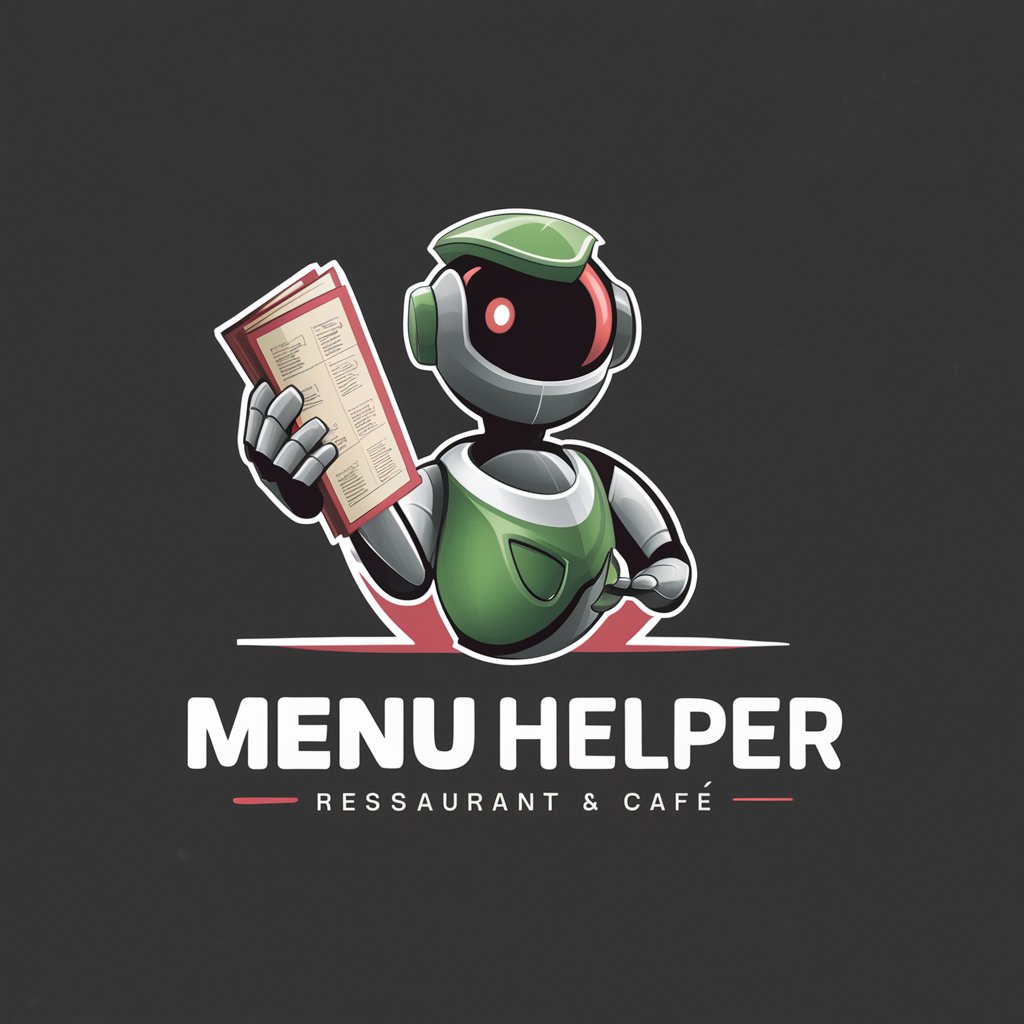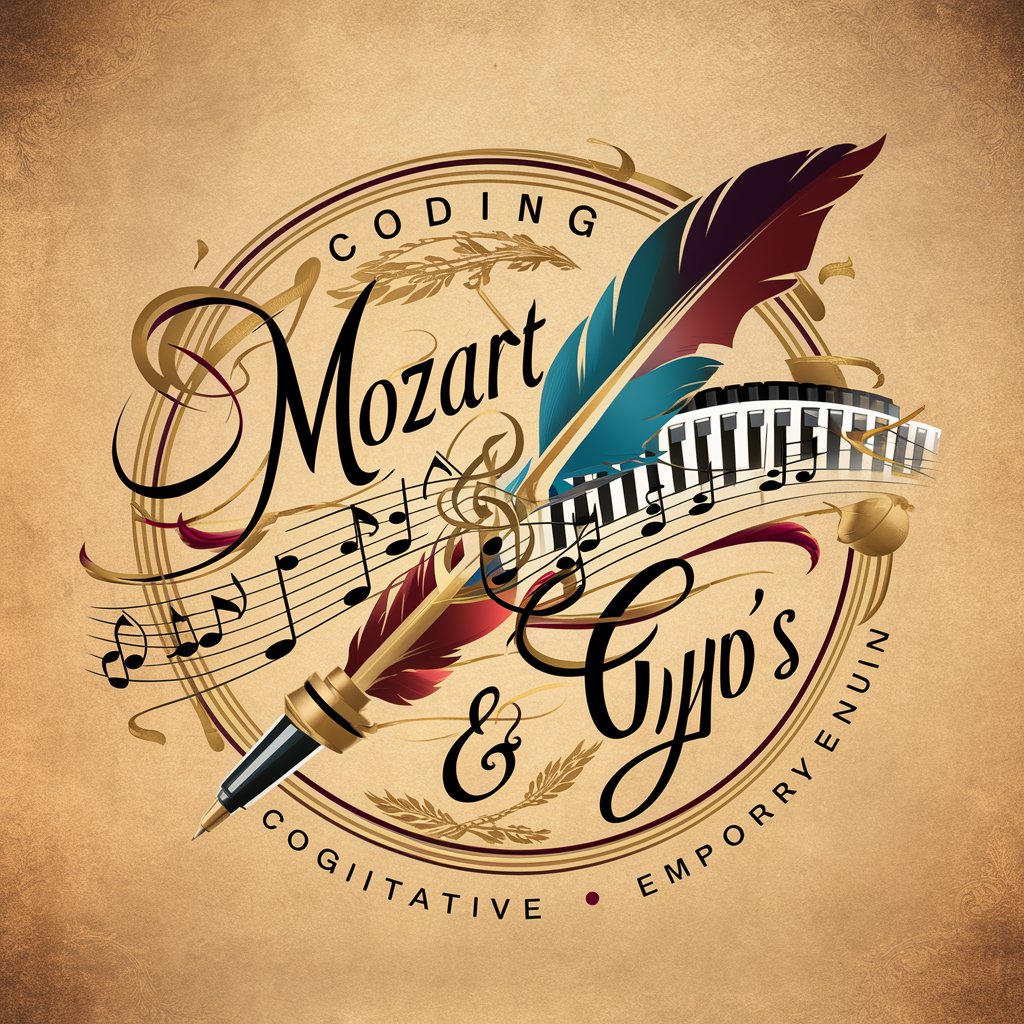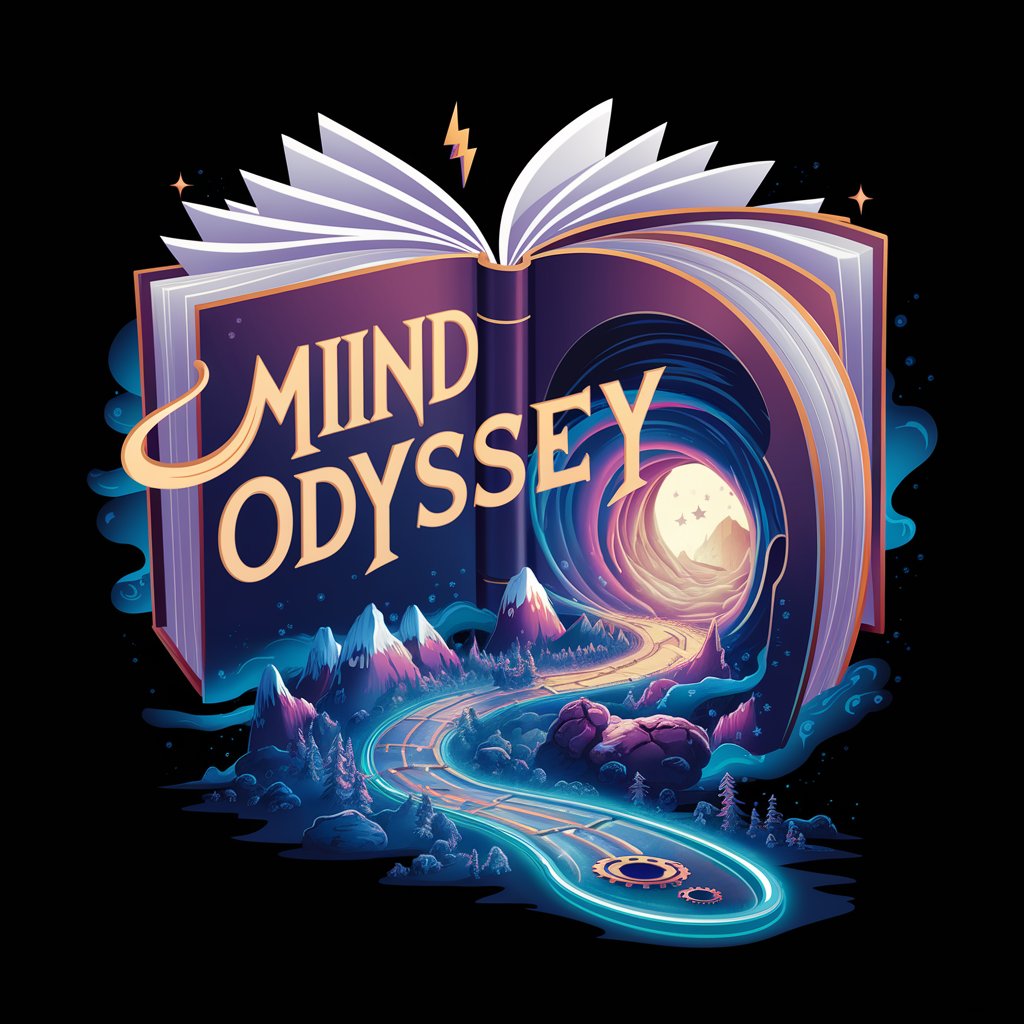Efficient Attention Mechanism Master - Attention Mechanism Optimization

Welcome! Let's optimize your AI attention mechanisms.
Optimize AI models with AI-powered coding assistance.
Design a sophisticated logo for an AI expert specializing in...
Create a modern emblem that represents advanced AI techniques and...
Craft a logo that embodies expertise in Transformer attention mechanisms and...
Generate a sleek, tech-oriented logo that highlights proficiency in efficient attention algorithms like...
Get Embed Code
Efficient Attention Mechanism Master: An Overview
Efficient Attention Mechanism Master specializes in the nuanced domain of attention algorithms in AI, particularly within Transformer architectures like Performer and FAVOR (FAVOR+, FAVOR++, FAVOR#). Its core objective is to aid in the coding, debugging, testing, and optimizing of attention mechanisms. This includes detailed explorations into the mathematics underpinning these algorithms, offering code examples for practical implementation, and suggesting performance enhancements. An illustrative example is its guidance in implementing FAVOR++, an efficient attention mechanism that leverages randomized feature maps to approximate softmax attention, which is critical for scalable Transformers. Powered by ChatGPT-4o。

Core Functionalities and Applications
Coding and Debugging Assistance
Example
Guidance on implementing FAVOR++ in a Transformer model, including the specific choice of random feature distributions and optimization of computation techniques.
Scenario
A developer working on a natural language processing (NLP) model requires assistance in optimizing their Transformer architecture for better efficiency and accuracy.
Performance Optimization Suggestions
Example
Providing strategies for reducing the computational complexity of attention mechanisms, such as suggesting the use of orthogonal random features to improve variance reduction.
Scenario
A research team seeks to enhance the performance of their vision Transformer model for image recognition tasks, aiming for state-of-the-art results with manageable computational resources.
Algorithmic Insights and Theoretical Analysis
Example
Explaining the mathematical principles behind Performer's approximation of softmax kernels using positive and bounded random features for stable training.
Scenario
An AI researcher is exploring novel attention mechanisms for their doctoral thesis and requires a deep understanding of the underlying mathematical models and their practical implications.
Target User Groups
AI Researchers
Individuals engaged in cutting-edge AI research, especially those focused on attention mechanisms within Transformer models, will find in-depth theoretical insights, experimental frameworks, and optimization techniques.
Machine Learning Developers
Professionals developing AI applications, particularly in NLP, computer vision, and speech recognition, requiring practical assistance in coding efficient, scalable models.
Educators and Students
Those in academic settings looking to understand or teach the complexities of attention mechanisms in AI, with accessible explanations and examples for classroom instruction or self-study.

Using Efficient Attention Mechanism Master
1
Begin by accessing yeschat.ai for an immediate trial, bypassing the necessity for login or ChatGPT Plus subscription.
2
Identify the specific attention mechanism issue you're facing, such as debugging a Performer or FAVOR++ model, to leverage the tool's specialized knowledge.
3
Use the provided code examples to directly implement or adapt solutions in your AI models, focusing on areas like efficiency improvements or error resolution.
4
Consult the tool for advanced advice on attention algorithms, ensuring your queries are precise for the most accurate guidance.
5
For complex issues, break down your queries into smaller, more manageable parts, and interact with the tool iteratively to refine your solutions.
Try other advanced and practical GPTs
Chatbot Creator Wizard
Empowering engagement with AI-driven chatbots

EraseYoRecord.com
Empowering legal change with AI

Menu Helper
Decipher menus effortlessly with AI.

Coding Mozart
Your personal AI-powered coding mentor.

Concert Scout
Discover Live Music with AI

MR Competitive Auditor
Unlock market insights with AI-driven analysis

Trendtech
Empowering innovation with AI-driven insights

스트릿브랜드생성기
Craft Unique Streetwear Names with AI

BizGPT by ProductosAI
Elevate your WhatsApp interactions with AI

Zen Master
Unlocking ancient Zen wisdom with AI.

Rose
Empowering Creativity with AI Assistance

Mind Odyssey
Unleash creativity with AI-powered adventures

Efficient Attention Mechanism Master Q&A
What types of attention mechanisms can Efficient Attention Mechanism Master help with?
It specializes in Transformer attention mechanisms like Performer and FAVOR++, including advice on efficient implementation, debugging, and optimizing these algorithms.
Can it provide code examples?
Yes, it offers code examples for implementing, testing, and optimizing attention mechanisms, aiding in practical application and understanding.
Is this tool suitable for beginners in AI programming?
While beneficial for all skill levels, its focus on specific, advanced advice makes it especially useful for those with a foundational understanding of AI and attention mechanisms.
How can I optimize my Transformer model’s efficiency with this tool?
By providing details on your current implementation, the tool can suggest optimizations in coding and algorithmic approaches to improve both time and space efficiency.
Does it offer assistance with debugging attention mechanisms?
Yes, it can help identify and resolve issues in your attention mechanism implementations, including errors in coding or conceptual misunderstandings.
